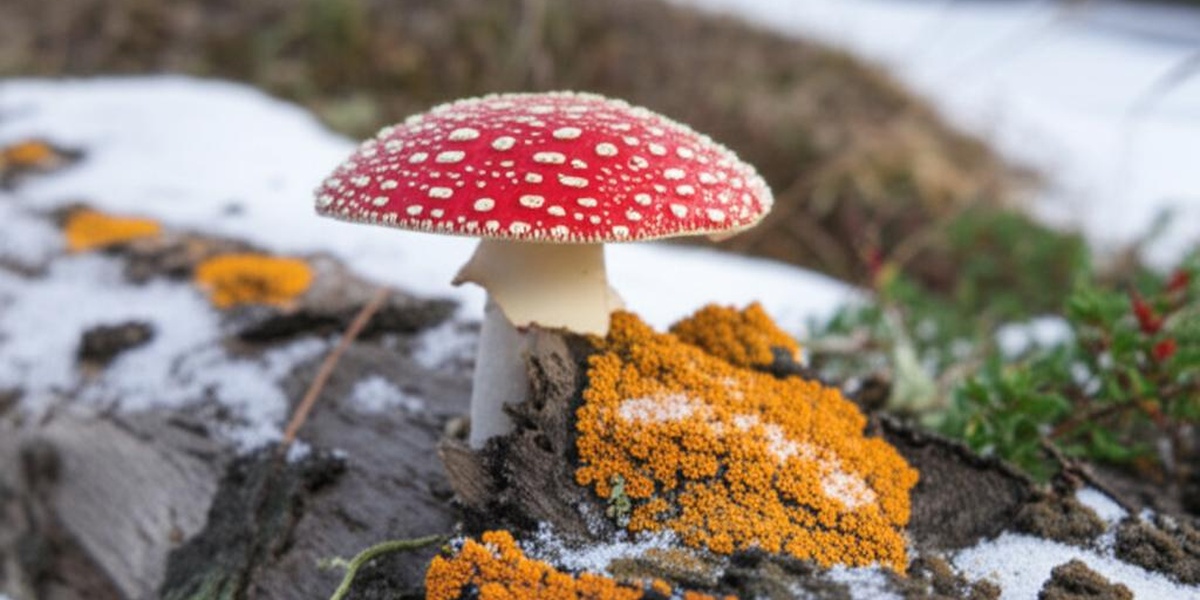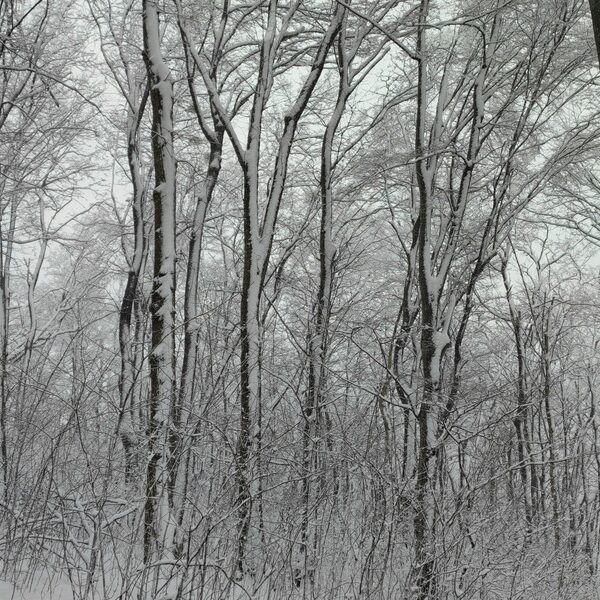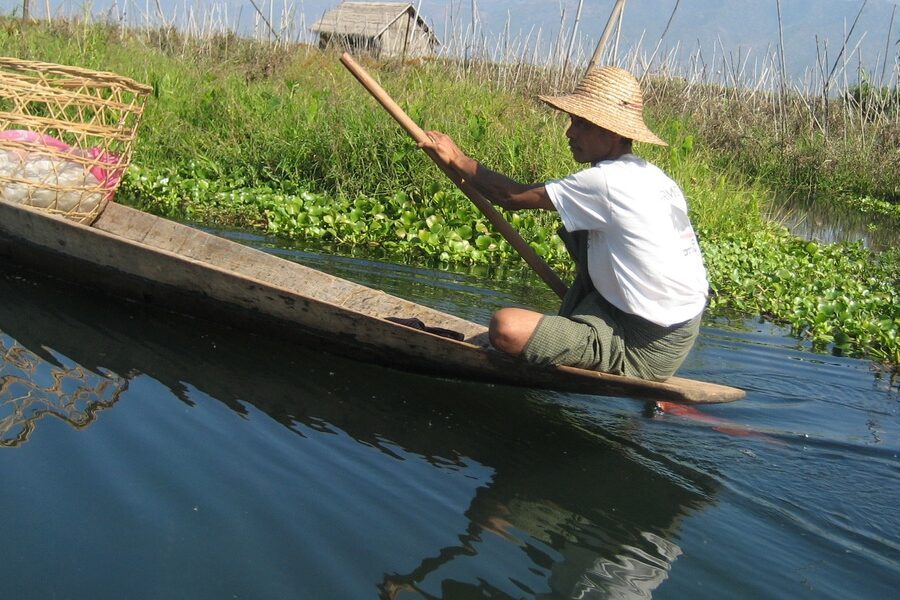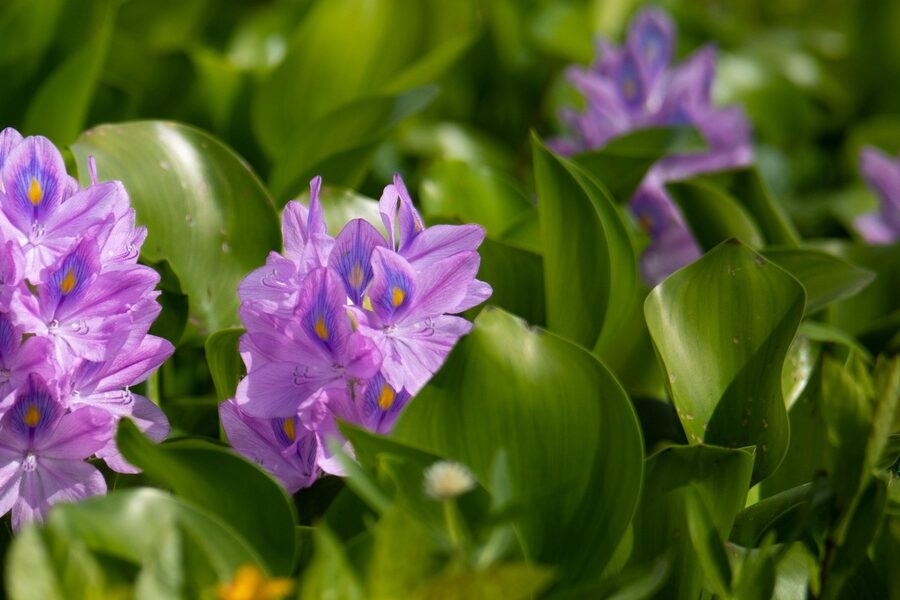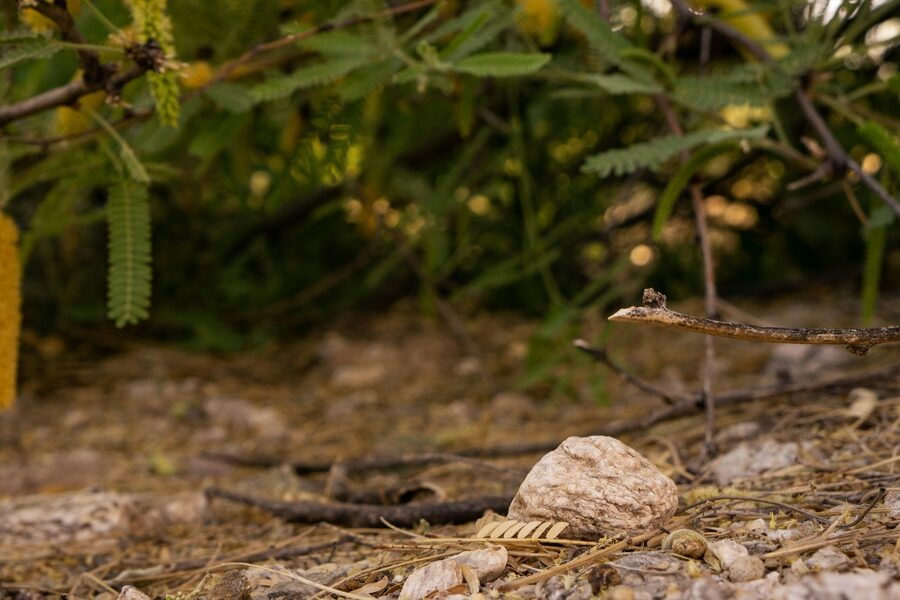The Arctic, often perceived as a barren, icy wasteland, is in fact a complex ecosystem teeming with life, even if much of it is microscopic or hidden beneath the surface. While the extreme cold and limited daylight present immense challenges, life persists and thrives, adapting in remarkable ways to these harsh conditions.
Crucial to the nutrient cycling and overall health of this delicate environment are the organisms responsible for breaking down organic matter. In the list below, you’ll find 15 essential arctic decomposers, showcasing their incredible diversity from fascinating Actinobacteria to resilient Yeast-like Fungi. Each entry is carefully detailed with its Scientific Name, Primary Habitat, and Ecological Role, offering a glimpse into their vital contributions to the polar landscape.
Why are decomposers so important in the Arctic environment?
Even in the frozen North, the cycle of life and death continues, and decomposers are the unsung heroes of this process. They break down dead organic material, from fallen leaves to animal carcasses, returning vital nutrients to the soil and water. Without them, nutrients would remain locked in dead matter, starving the ecosystem of essential resources needed to support plant growth and, ultimately, the entire food web. Their work ensures the continuous recycling of energy, even under the most challenging conditions.
How do Arctic decomposers survive the region’s extreme cold?
Arctic decomposers employ a fascinating array of adaptations to thrive in sub-zero temperatures. Many produce special antifreeze proteins that prevent ice crystals from forming within their cells, while others have evolved enzymes that remain active at very low temperatures. Some simply enter a dormant state during the harshest periods, reactivating when conditions become slightly more favorable. These strategies allow them to continue their essential work even in one of Earth’s coldest biomes.
Arctic Decomposers
| Decomposer Name | Scientific Name | Primary Habitat | Ecological Role |
|---|---|---|---|
| Psychrophilic Bacteria | Psychrobacter spp. | Permafrost, sea ice, cold soils | Decomposes organic matter at near-freezing temperatures |
| Arctic Springtails | Collembola order | Tundra soil, leaf litter, under snow | Shreds dead plant material, grazes on fungi and bacteria |
| Enchytraeid Worms | Enchytraeidae family | Wet tundra soils, peatlands | Consumes and breaks down soil organic matter, aerates soil |
| Oribatid Mites | Oribatida order | Tundra soil, moss, and lichen mats | Grazes on fungi and fragments detritus |
| Snow Mold | Microbotryum spp. | Under late-season snowpack on tundra vegetation | Decomposes plant matter insulated by snow |
| Bacterivorous Nematodes | Nematoda phylum | Tundra soils, freshwater sediments | Releases nutrients by consuming bacteria and fungi |
| Dark Septate Endophytes | Phialocephala spp. | Plant roots in tundra soil | Decomposes complex organic matter in the root zone |
| Arctic Wood-rotting Fungi | Basidiomycota (various) | Dead wood of dwarf willow and birch | Breaks down lignin and cellulose in woody debris |
| Actinobacteria | Actinomycetales order | Tundra soil, permafrost | Decomposes complex polymers like chitin and cellulose |
| Cryoconite Microbes | Various bacteria and archaea | Cryoconite holes on glaciers and ice sheets | Decomposes wind-blown organic dust on ice surfaces |
| Aquatic Chytrid Fungi | Chytridiomycota phylum | Arctic lakes and ponds | Decomposes tough organic materials like pollen and chitin |
| Arctic Earthworms | Eisenia nordenskioldi | Tundra soils, especially in Siberia | Burrows and decomposes organic matter, aerates soil |
| Yeast-like Fungi | Cryptococcus spp. | Cold soils, plant litter | Breaks down simple sugars and starches from plant detritus |
| Myxobacteria | Myxococcales order | Tundra soil, decaying organic matter | Breaks down microbes and complex biomolecules |
| Testate Amoebae | Amoebozoa phylum | Peatlands, mosses, wet soils | Consumes bacteria and micro-detritus, cycles nutrients |
Images and Descriptions
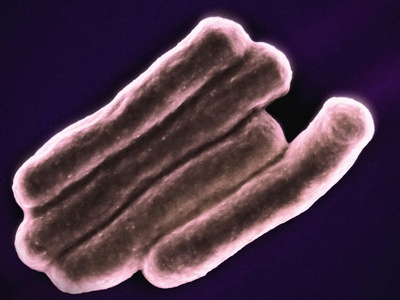
Psychrophilic Bacteria
These are true cold-loving bacteria, thriving in temperatures that would halt most life. They are master recyclers in permafrost soils and sea ice, breaking down trapped organic material and releasing vital nutrients back into the ecosystem when conditions permit.
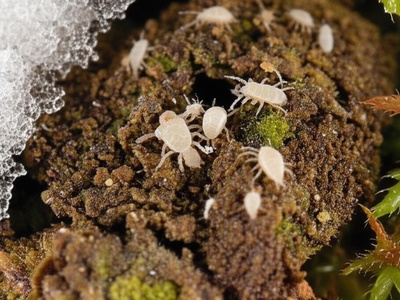
Arctic Springtails
These tiny, six-legged invertebrates are crucial “shredders” in the Arctic. They break down dead leaves into smaller pieces, speeding up decomposition by microbes and helping to create nutrient-rich soil in the harsh tundra landscape.
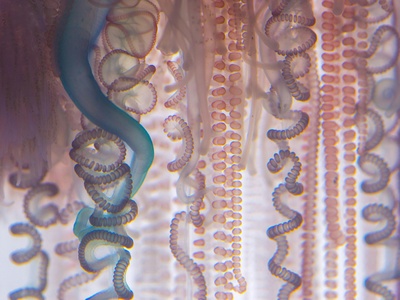
Enchytraeid Worms
Often called “pot worms,” these small, pale relatives of earthworms are abundant in damp Arctic soils. They are vital decomposers that ingest decaying plant matter and soil microbes, which helps to aerate the soil and mix in valuable nutrients.
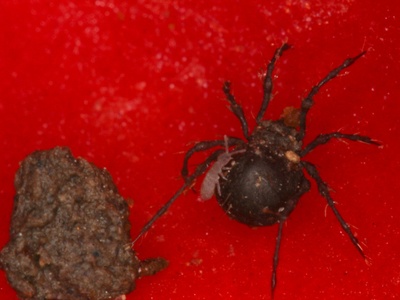
Oribatid Mites
These are tiny, armored arachnids, often called “beetle mites,” that are incredibly numerous in Arctic soils. They act like miniature grazers, feeding on decaying material and fungi, breaking it into smaller bits for bacteria to finish off.
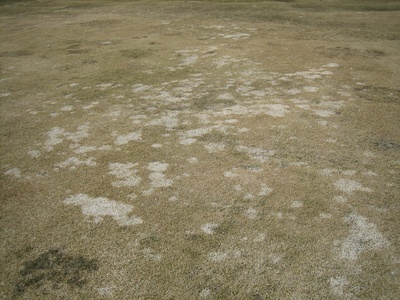
Snow Mold
This is a type of fungus that grows on tundra vegetation beneath the insulating winter snow blanket. When the snow melts, it reveals the mold’s work of breaking down dead grasses and sedges, a critical first step in springtime nutrient cycling.
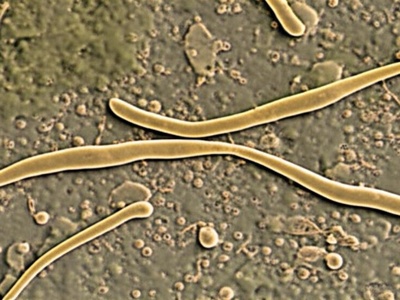
Bacterivorous Nematodes
These microscopic roundworms are one of the most abundant animal groups in Arctic soils. They don’t eat dead plants directly, but instead graze on the bacteria and fungi that do, releasing the nutrients locked inside the microbes for plants to use.
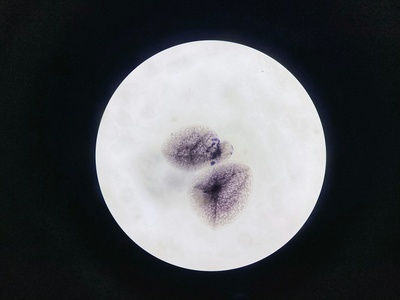
Dark Septate Endophytes
These are specialized fungi that live in and around the roots of Arctic plants. While they often help the plant, they also play a major role as decomposers, breaking down tough organic compounds in the soil that other microbes can’t handle.
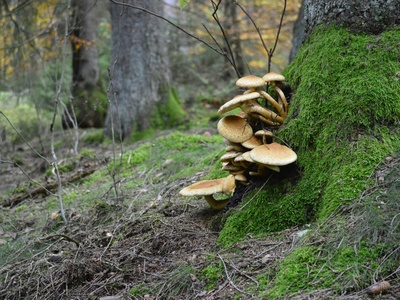
Arctic Wood-rotting Fungi
Even the tough, woody stems of dwarf Arctic shrubs need to be recycled. These fungi are the primary decomposers of wood, using powerful enzymes to break down complex lignin and cellulose, slowly turning dead twigs and roots back into soil.
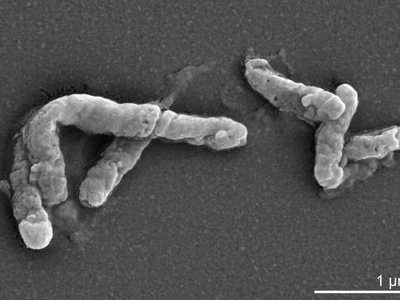
Actinobacteria
These are a group of filamentous bacteria that look and act much like fungi. They are famous for producing the “earthy” smell of soil and are powerhouses in the Arctic, breaking down some of the most resistant organic materials in the tundra.
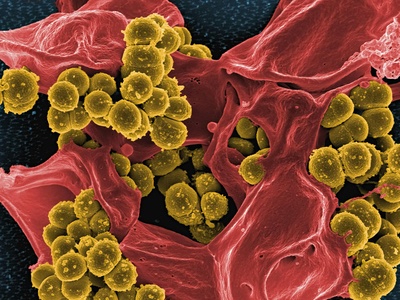
Cryoconite Microbes
These microbes form dark, granular communities in small water-filled holes on the surface of glaciers. They are a self-contained ecosystem, decomposing organic dust and soot that lands on the ice, releasing nutrients and creating a unique habitat on the ice.
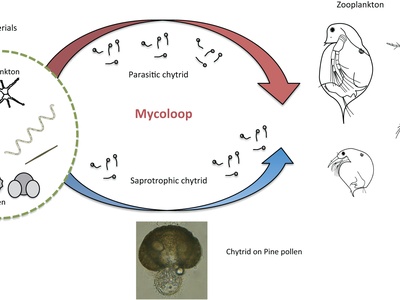
Aquatic Chytrid Fungi
These are primitive, aquatic fungi found in Arctic freshwater systems. They are unique decomposers that specialize in breaking down tough organic materials like airborne pollen that lands in ponds, as well as the chitin from dead aquatic invertebrates.
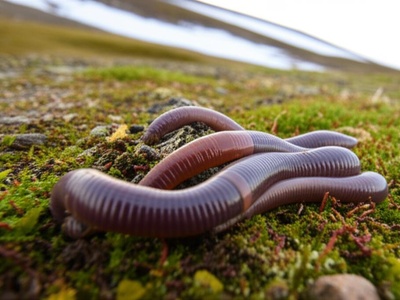
Arctic Earthworms
Unlike the common earthworms you might know, this native Arctic species is adapted to survive freezing. It’s a key “ecosystem engineer” in certain tundra areas, burrowing through soil to break down organic matter and improve nutrient availability for plants.
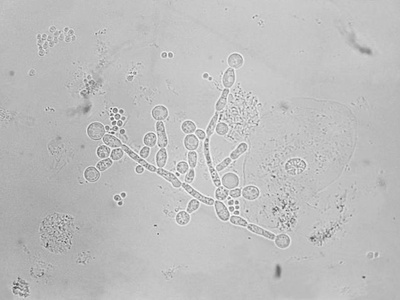
Yeast-like Fungi
These single-celled fungi are well-adapted to the cold and are among the first decomposers to act on fresh plant litter. They specialize in breaking down simple carbohydrates, kick-starting the nutrient cycling process for other, more specialized organisms.
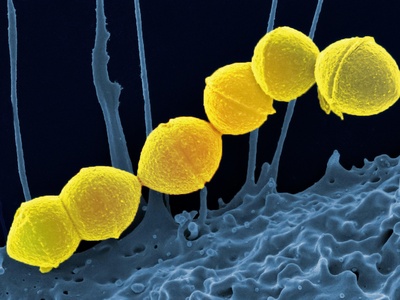
Myxobacteria
Known as “wolf-pack” bacteria, they glide through the soil in swarms to prey on other microbes. In doing so, they act as decomposers, breaking down the cellular material of other microorganisms and contributing to the turnover of microbial biomass in the soil.
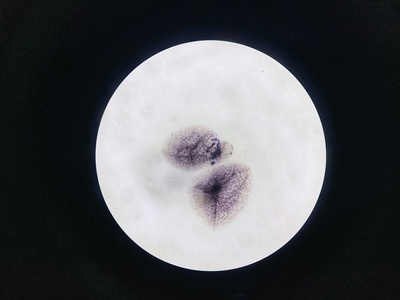
Testate Amoebae
These are single-celled amoebae that build a protective shell, or “test”. In the vast Arctic peatlands, they are important micropredators that consume bacteria, fungi, and tiny organic particles, playing a key role in nutrient cycling in wet environments.
